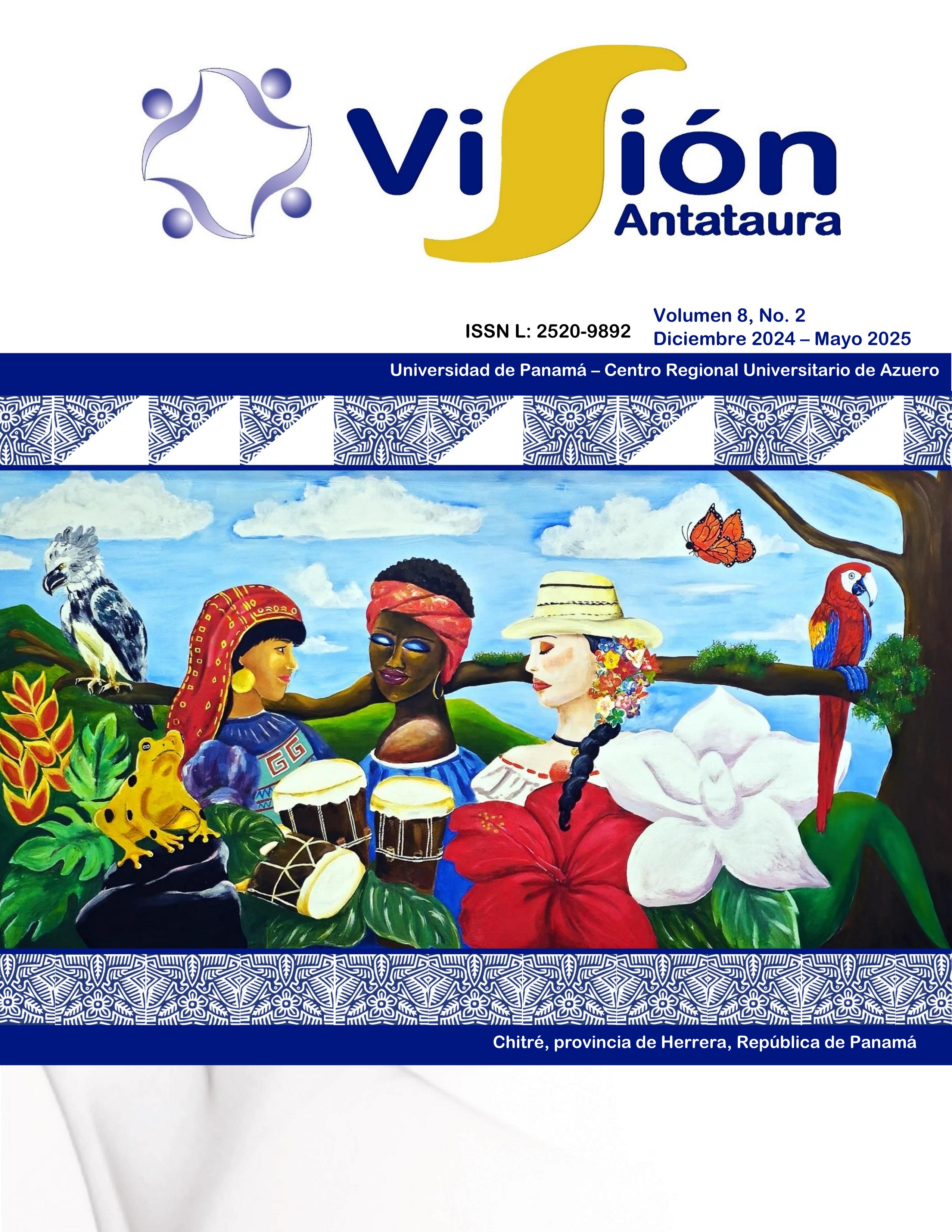

Copyright (c) 2024 Visión Antataura

This work is licensed under a Creative Commons Attribution-NonCommercial-ShareAlike 4.0 International License.
In today's technological world, virtual learning environments enable the development of technological skills and provide laboratory experiences that would otherwise not be available in the classrooms of secondary educational institutions. In this context, the purpose of this research is was to analyze virtual laboratories (VL) to evaluate their impact on enhancing the learning of inorganic chemical reactions among a group of first-year high school students. The study employed a qualitative-quantitative method, using two pre-tests, two post-tests, and an interview, conducted with a population of thirty participants. The results were assessed by analyzing the students' learning levels through the difference in mean scores between the pre-test and post-test, as well as the level of student satisfaction concerning the parameters of attitude and learning environment. The conclusion drawn is that virtual laboratories serve as an effective educational resource for enhancing learning and motivating students. This assertion is supported by the analysis of the results, which showed a mean score of 71.0 on the pre-test compared to 84.9 on the post-test, indicating an increase of 19.58% in general knowledge regarding the formulation of inorganic chemical reactions. These results were analyzed using the t-test, revealing that p=0 <0.05, leading to the rejection of the null hypothesis (Ho) and acceptance of the alternative hypothesis (Ha). The means between the pre-test and post-test are significantly different.